There is almost nothing more irritating than an extremely noisy cabin when you are driving. Older cars lack the sound-deadening equipment found in newer models of cars, And Noise Levels in Your Car could be accompanied by excessive.
However, even though most people are unaware of it, there are a few simple techniques to significantly reduce interior noise in your car so that you may have the relaxing trip you deserve.
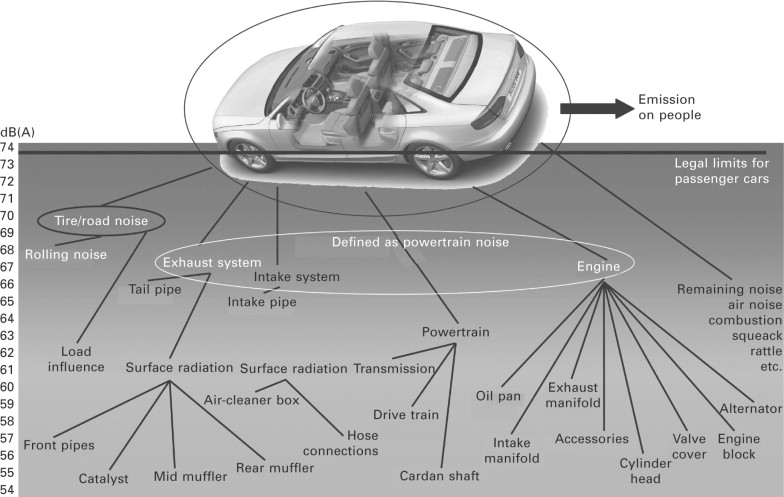
Read Also: Ford F-150 Lightning Production Halted Due to Battery Issue – Here’s Why
Why Is Vehicle Noise a Problem?
It might be annoying and frustrating to ride in a noisy work car. Yet it can also be dangerous and disturbing. When anything crashes in the cargo area, it’s simple for drivers to take their attention off the road, which is all it takes for an accident to happen.
Also, it could be challenging to hear the sirens of emergency vehicles due to the noise from the cargo area or the music you set up on the radio to block out the noise. Also, like any other persistent loud noise, it can eventually compromise hearing.
Finding the source of vehicle noise is the first step in its reduction. The cargo area of a work vehicle is where the bulk of the interior noise is produced. Road noise, as well as vehicle noise, however, can also be a concern. Some problems can be resolved quickly, while others might need more money. You’ll experience a quieter, more pleasant ride either way.
Ways to Reduce Cabin Noise in Your Vehicle
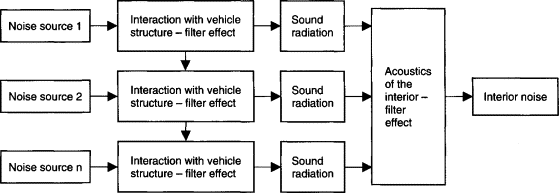
1. Check the exhaust system and tires
The road, wind, or car make up most of the outside noise entering your cabin. The exhaust system of a car is infamous for producing noise issues. But tire wheels can also contribute to road noise. Belts and loose fittings should also be checked; when needed, they should be adjusted.
2. Add noise-blocking weather seals
If you hear wind noise, add weather sealing to your doors and window areas. It is available online and at a lot of auto supply retailers. It’s most likely the wind blowing through the lower drain holes if you hear whistling coming from your exterior mirrors. A quick and simple solution is a short piece of tape.
3. Install sound-deadening panels
Although most work vehicles are equipped with some form of built-in sound-deadening technology, it’s sometimes insufficient for a quiet trip. For several versions, sound-deadening panels are available as an aftermarket accessory for the ceiling, walls, and doors. To see what’s available for your car, search online.
4. Secure your tools and equipment
If your equipment and supplies aren’t secure, you’ll hear them shake, rattle, and roll on every journey. More than just making you appear professional, a well-organized cargo room with storage containers that maximize space benefits you. It keeps everything put, safe, secure, and silent, saving you the time you would have spent looking for tools.
5. Use High-Quality Acoustic Windshields
Moreover, you might hear some wind noises when driving. Thus upgrading your car’s windshield is a smart move. Installing an acoustic windscreen will reduce noise. Between the glass panes of the acoustic windshield is a layer of vinyl vehicle covering. The acoustic windshields dampen noise by about 3 dB overall and 6 dB at some frequencies.
6. Tires
The most straightforward and least expensive approach to reduce interior noise is to use sound-deadening equipment. But, there are situations when using sound-deadening technologies won’t quite provide the quiet you’re looking for, necessitating more sophisticated sound reduction techniques.
The interaction of your tires with the road is the primary source of cabin noise, second only to wind. The incorrect tires can increase stress levels while driving and make your cabin much noisier. Low-profile tires are typically the best tires for noise reduction. It indicates that they are typically smaller in size and less comprehensive than ordinary tires. Also, the pattern and hardness of your tire have a significant impact on cabin noise.
When it comes time to replace your tires, see a specialist to learn which tire types will provide the quietest cabin for your vehicle.
7. Car Maintenance
Owning a car with a loud engine is another frequent source of engine noise. While some engine types, such as electric vs diesel, will be noisier than others, your engine shouldn’t be too loud to make driving unpleasant. You should take your car to a mechanic if your engine is particularly loud and adds to the cabin’s noise. A fast engine tune-up might improve the quietness and smoothness of your engine, reducing cabin noise.
Conclusion
The list of the most effective methods for reducing vehicle noise is complete. Moreover, check to see if your vehicle is making any squealing noises. Behind the hood, there can be a problem. Sometimes, a broken timing belt will also produce knocking or ticking noises. So, make sure there isn’t a bad or loose timing belt. If you use these tips, you’ll be able to quieten your cabin so that you can enjoy your time driving more.
FAQ’s
Reducing interior noise levels in a car is important for several reasons. It can help improve the driving experience by making it more comfortable and less stressful, and it can also make it easier to hear important sounds like sirens or warning signals. Additionally, excessive noise levels can have negative health effects, such as hearing damage and increased stress levels.
Some common sources of interior noise in a car include the engine, tires, wind, and road noise. Additionally, noise can be generated by the car’s audio system, air conditioning, and other mechanical components.






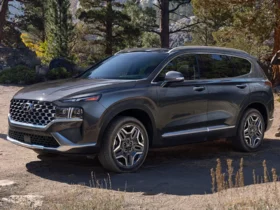



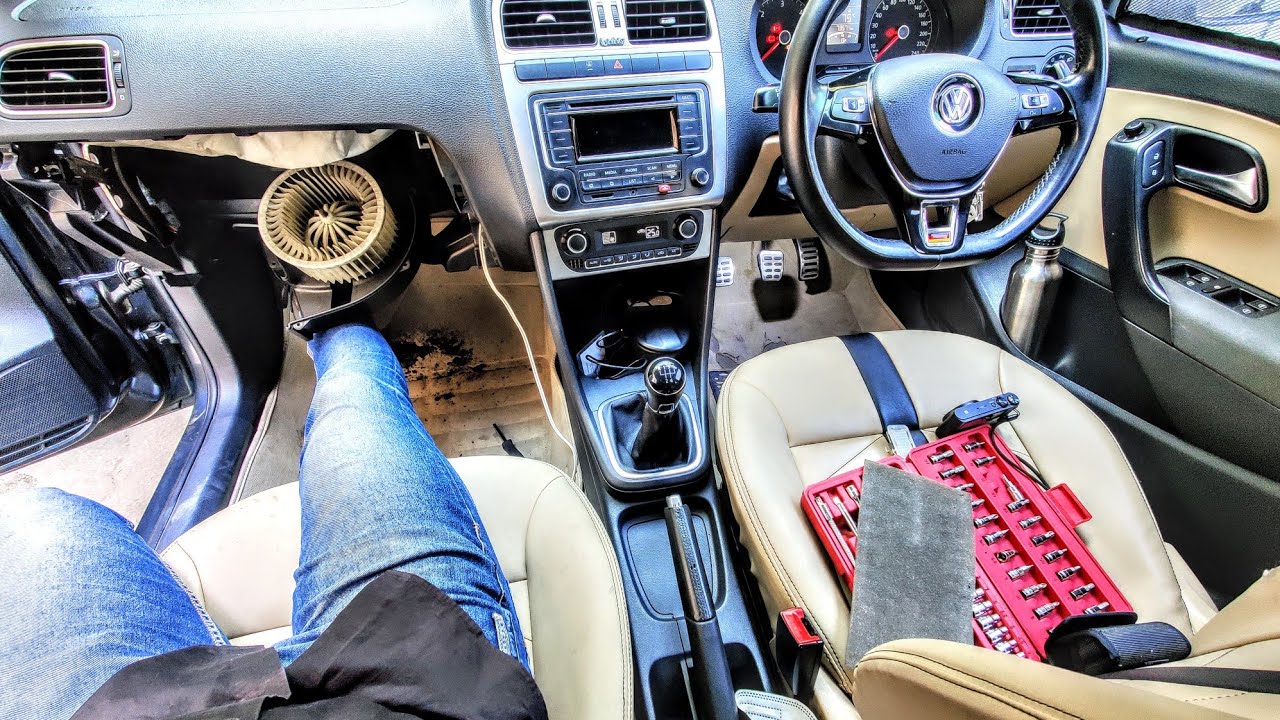







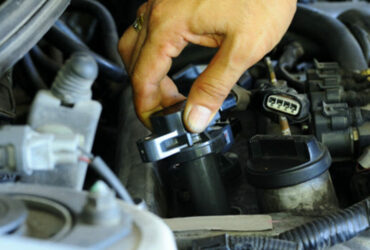

Leave a Reply